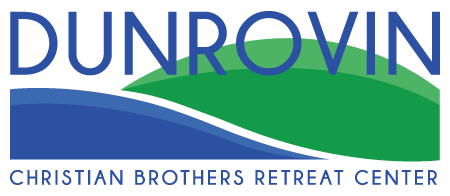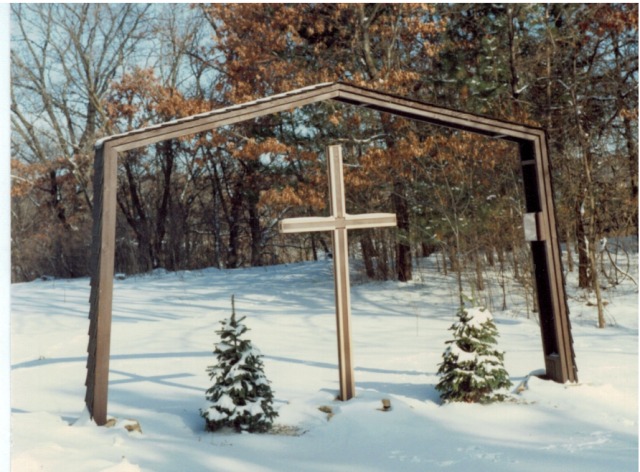
While Dunrovin Retreat Center continued to host various organizations and run retreats throughout the 2000’s, one interesting program that began to gain popularity was the “Taizé Prayer” service. Founded in the French village of Taizé in the 1940’s by Brother Roger Schütz, the Taizé community today is largely made up of Protestants and Catholics. The Taizé community mostly focuses on Bible study, discussion, and vocations of prayer. Their services have greatly appealed to young people throughout its half-century of existence, and even Pope Francis recently recognized the significance of the youth involvement:
“[The young] do not do this because they are not aware of the differences which still separate us, but because they are able to see beyond them; they are able to embrace what is really important and what already unites us.” (Pope Francis, see citation below)
According to the Taizé official website, the town of Taizé stops thrice daily to gather in the church for prayer services (“Young Adults and Prayer at Taizé”). Most Taizé services include simple, repetitive songs that are meant to enrich the meditative aspect of praying. These songs are often sung in many languages, including English, Spanish, and Latin. As one Taizé book explains, these prayers are useful because they “allow us to keep on praying even when we are unaware of it, in the silence of our own hearts.”
Taizé services at Dunrovin began with silence. Silence is a crucial part of Taizé, since it “makes us ready for a new meeting with God. In silence, God’s word can reach the hidden corners of our hearts” (“The Value of Silence”). After this silent period, chants or songs were sung repeatedly by a leader. Taizé participants were invited to join in the chants and songs, but were not required to do so. Throughout the service, there were periods of silence along with readings of scripture or lessons. Prayers were also said as the service continued, depending on the day and service. Often times the ceremony ended with a song or two from a Taizé song book.
Taizé prayers are just one branch upon the tree of programs that Dunrovin has hosted in the past. From building youth leadership to holding family retreats, Dunrovin Retreat Center has helped provide for the community in varied ways. Taizé services in particular presented a new way to worship and develop spirituality in the changing times of the early 2000’s. These prayers also illustrated several important ideas rooted in the Dunrovin tradition: listening to God, reflecting on life, and nurturing faith. No matter the century or the program, Dunrovin has worked to strengthen faith and grow a loving, genuine community.
Learn more about Dunrovin’s history in the 1970’s and in the 1980’s/1990’s.
Citations
“Pope Francis Speaks about Taizé and the Search for Christian Unity.” Taizé. Ateliers Et Presses De Taizé, 30 Nov. 2014. Web. 20 Feb. 2015. <http://www.taize.fr/en_article17341.html>.
“The Value of Silence.” Taizé. Ateliers Et Presses De Taizé, 24 Oct. 2001. Web. 20 Feb. 2015. <http://www.taize.fr/en_article12.html>.
“Young Adults and Prayer at Taizé.” Taizé. Ateliers Et Presses De Taizé, 28 Jan. 2006. Web. 20 Feb. 2015. <http://www.taize.fr/en_article3148.html>.


